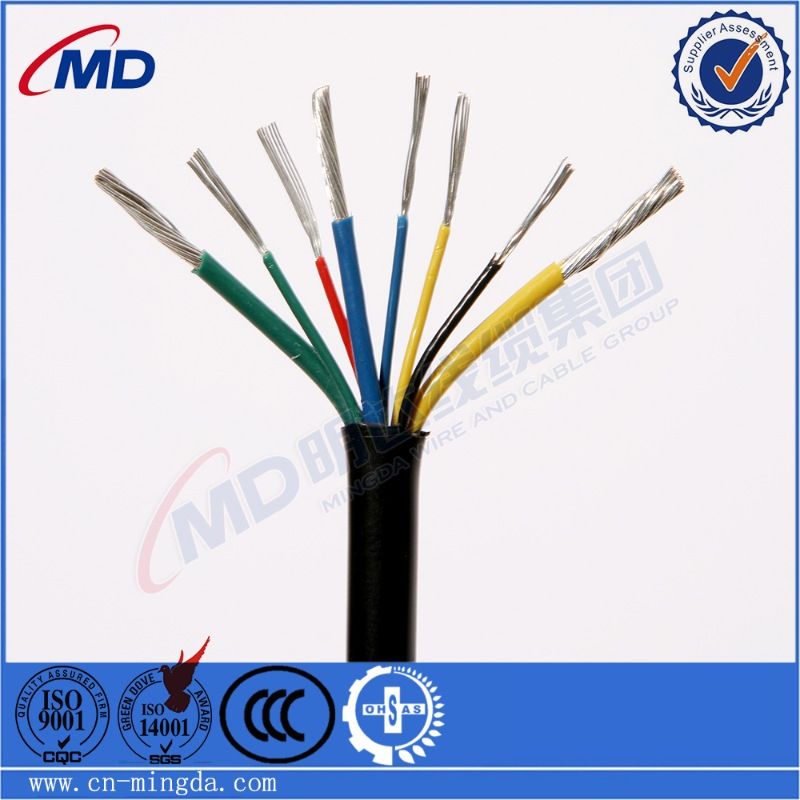8 月 . 29, 2024 19:23 Back to list
Double Flanged Gate Valve - High Performance and Reliable Solutions
Understanding Double Flanged Gate Valves
Double flanged gate valves are essential components in various industrial applications, primarily used to control the flow of liquids and gases in pipelines. With their robust design and ease of operation, these valves are favored in both water supply systems and the oil and gas industry, among others.
Design and Structure
A double flanged gate valve is characterized by its two flanges, which allow for easy bolting to pipe ends. This design ensures a secure and leak-free connection, making it ideal for high-pressure applications. The valve typically consists of a body, a gate, and seating surfaces. The gate is the component that moves up and down to open or close the flow passage. When the valve is fully opened, the gate is retracted completely into the valve body, providing minimal resistance to the fluid flow, which is crucial for applications where maintaining flow efficiency is critical.
The double flanged design, which adheres to standard flange dimensions, provides versatility in installation. It can be installed with any pipe requirements, simplifying the integration process in various systems. Additionally, these valves are often made from durable materials such as cast iron, stainless steel, or carbon steel, providing them with high strength and corrosion resistance.
Operation and Functionality
The operation of a double flanged gate valve is straightforward, typically conducted using a handwheel or motorized actuator. When the handwheel is turned, the gate moves vertically, either blocking or allowing the fluid to pass through. This linear motion, however, is not suitable for throttling service, as gate valves are designed to either be fully open or completely closed.
double flanged gate valve

One of the most significant advantages of double flanged gate valves is their ability to maintain a tight seal, preventing leaks under high pressure. The seating surfaces are usually machined to precise tolerances, ensuring a secure fit that minimizes the chances of fluid escaping.
Applications
Double flanged gate valves find wide application across various industries. In water supply and wastewater treatment plants, they are used to isolate sections of the pipeline for maintenance or emergencies. In the oil and gas sector, they serve critical roles in pipeline systems, controlling the flow of crude oil and natural gas. These valves are also common in power plants, chemical processing facilities, and HVAC systems.
Maintenance
While double flanged gate valves are designed for durability, regular maintenance is necessary to ensure their longevity and reliability. Common maintenance practices include inspecting the valve for external wear, checking the sealing surfaces for damage, and ensuring that the mechanical components operate smoothly. Proper lubrication and occasional seat replacement can significantly extend the life of the valve.
Conclusion
In summary, double flanged gate valves are vital components in many industrial applications, offering robust performance and reliability. Their straightforward design and operational simplicity make them an excellent choice for flow control in various piping systems. By understanding their design, operation, and maintenance needs, industries can leverage the strengths of double flanged gate valves to enhance their operational efficiency and reliability.
Share
-
Understanding the Differences Between Wafer Type Butterfly Valve and Lugged Butterfly ValveNewsOct.25,2024
-
The Efficiency of Wafer Type Butterfly Valve and Lugged Butterfly ValveNewsOct.25,2024
-
The Ultimate Guide to Industrial Swing Check Valve: Performance, Installation, and MaintenanceNewsOct.25,2024
-
Superior Performance with Industrial Swing Check Valve: The Essential Valve for Any SystemNewsOct.25,2024
-
Industrial Swing Check Valve: The Ideal Solution for Flow ControlNewsOct.25,2024
-
You Need to Know About Industrial Swing Check Valve: Functionality, Scope, and PerformanceNewsOct.25,2024